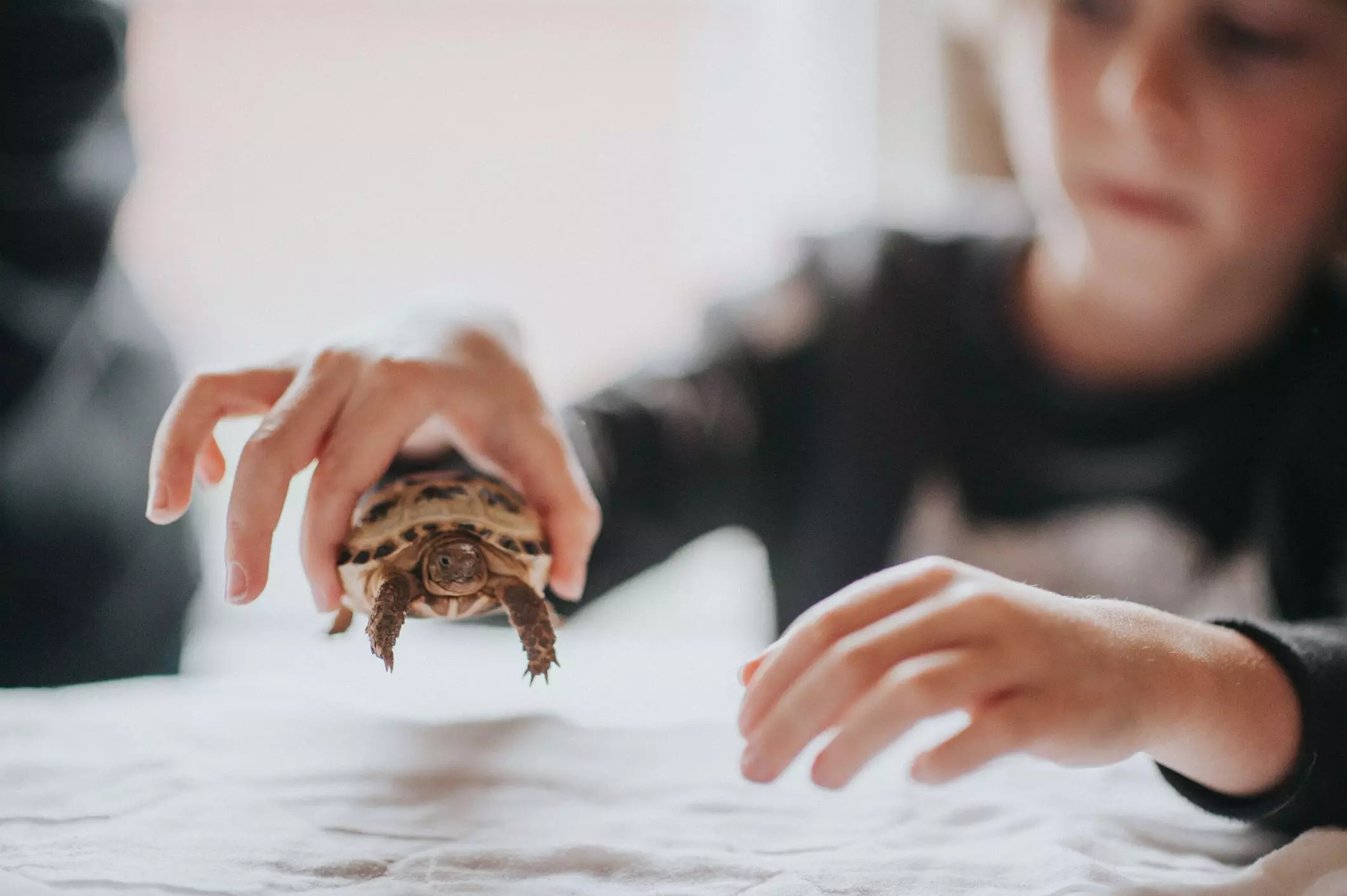When considering adopting a tortoise or turtle as a pet, many potential owners often overlook a crucial aspect of their well-being: proper lighting and heating. Creating an optimal living environment for these reptiles is not merely about aesthetics or basic decor; it can significantly impact their health, vitality, and longevity. This article will delve into the essential types of lighting and heating required for tortoises and turtles and provide insights into how to maintain these elements effectively in their habitats.
UVB lighting is one of the most critical components of a healthy tortoise or turtle habitat, yet it is often underestimated by new pet owners. In their natural environments, these reptiles bask in sunlight, which emits essential UVB rays necessary for their physiological processes. Wild tortoises and turtles synthesize Vitamin D from sunlight, aiding in calcium metabolism and preventing serious health issues such as metabolic bone disease. However, pet owners frequently opt for less expensive setups, neglecting to invest in quality UVB bulbs under the false impression that they are unnecessary. This misconception can lead to dire consequences, including lethargy, poor appetite, and serious metabolic disorders.
Importantly, not all lighting options provide UVB rays. Many who purchase standard fluorescent lights mistakenly believe they are delivering the necessary UVB exposure. It is critical to ensure that any light source purchased explicitly states that it emits UVB. Regular checks and changes are also essential; most UVB bulbs will diminish in effectiveness after six months of use, necessitating timely replacements to maintain a healthy environment for pets.
Even with the right UVB bulb, improper placement can hinder its benefits. For effective UVB exposure, the distance between the light and the tortoise or turtle is highly significant. Ideally, this distance should range from 10 to 20 inches, contingent upon the wattage of the bulb being used. Too close, and the reptile risks burns; too far, and they won’t receive adequate UVB rays. It’s also vital to minimize interference, as glass or screens can obstruct UVB rays. Some owners might find it beneficial to mount UVB lights on the interior of the habitat for direct exposure, keeping it at a safe distance from their pets.
Heat Requirements: Creating the Right Thermal Gradient
In addition to UVB lighting, suitable heating elements are necessary for a tortoise’s or turtle’s overall health. These reptiles generally thrive in warm temperatures, often requiring basking spots in the range of the 80s to 90s Fahrenheit. This need for heat means that merely providing UVB lighting is insufficient; supplemental heat sources are often required to maintain the desired temperature gradient within their environment.
While there are various heating options available, heat lamps are strongly recommended over under-tank heaters. Under-tank heaters are often inadequate as they primarily warm the substrate without effectively heating the air above, leading to poor airflow and uneven temperature distribution. In contrast, heat lamps allow for better control over ambient temperatures. Owners must select wattage carefully, as larger enclosures will invariably require higher wattage bulbs to sustain optimal heat levels.
Exploring Heating Element Options
Several heating solutions exist for pet tortoises and turtles, each with distinct advantages. Mercury vapor bulbs are among the most effective, providing both heat and UVB rays, making them particularly well-suited for larger enclosures. Ceramic heat emitters are another excellent option, emitting heat without light, thus allowing owners to use them both during the day and night without disturbing their pets’ natural cycles.
It is also crucial to consider the type of heat source being used. Regular reptile heat bulbs can emit visible light—white, red, or blue/purple—which can affect a turtle’s or tortoise’s stress levels and behaviors. It is advisable to use white light during the day and switch to red or blue at night to mimic natural conditions.
Providing the correct lighting and heating for pet tortoises and turtles is not merely an afterthought—it is a fundamental necessity. By ensuring UVB exposure and proper thermal conditions, owners can prevent health issues and enable their reptiles to thrive in a managed environment. Investing in a well-planned habitat, complete with quality lighting and heating, fosters a longer, healthier life for these fascinating creatures, and enhances the joy of pet ownership. With committed care and attention to these requirements, tortoises and turtles can enjoy their indoor homes to the fullest.

